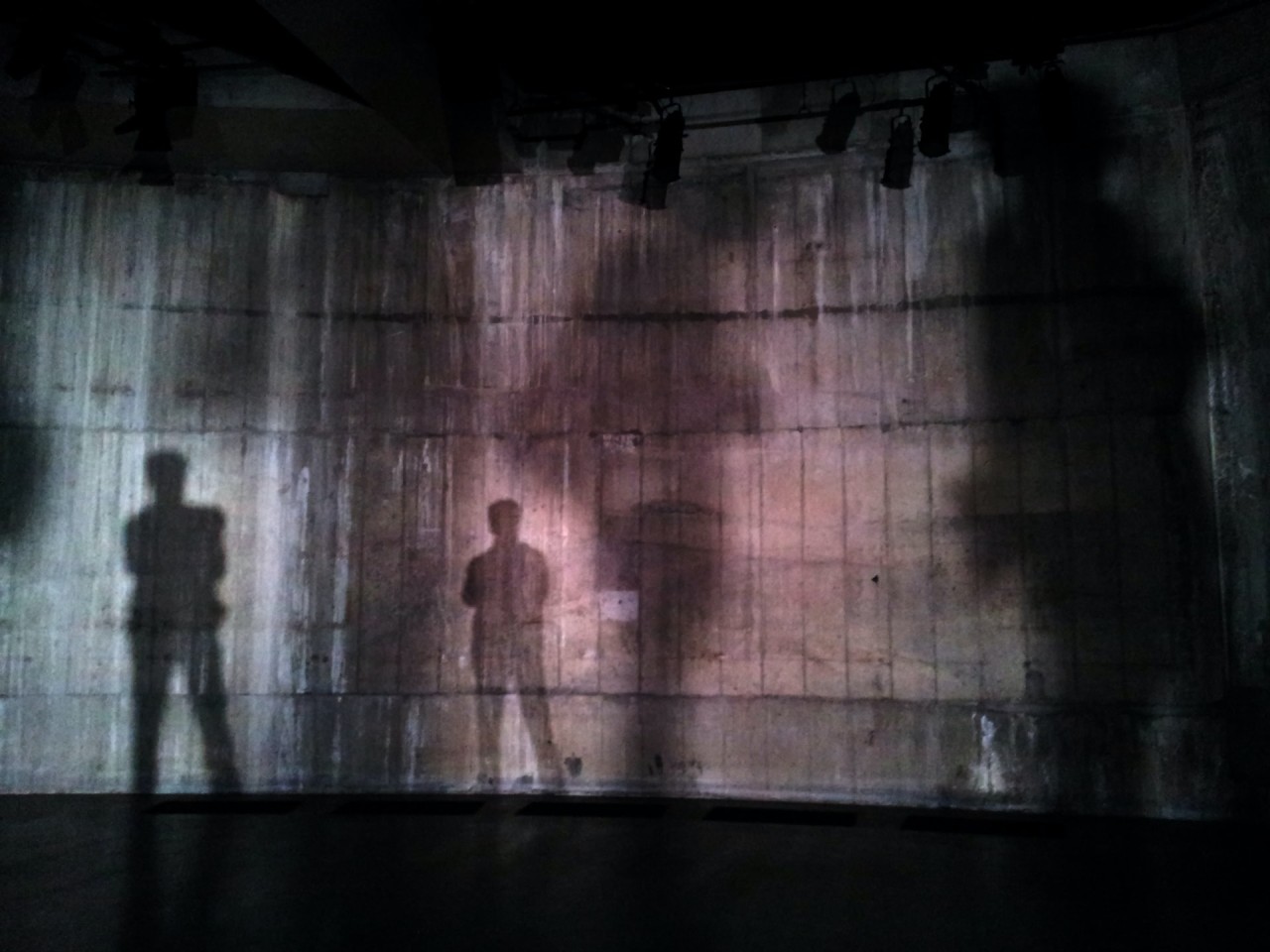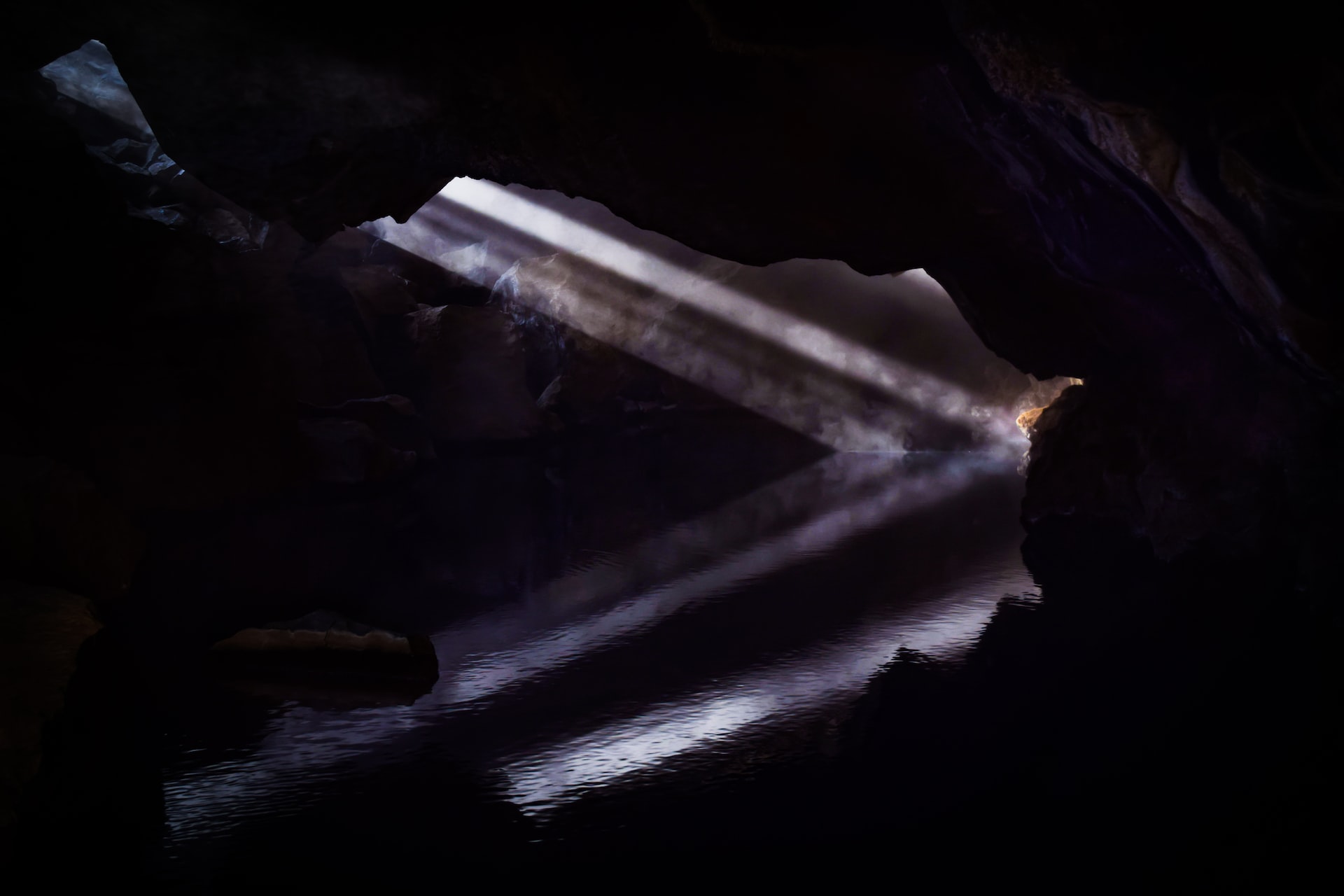Levels of Reality
All that we see or seem, Is but a dream within a dream. ~ Edgar Allan Poe
The Allegory of the Cave, from book seven of The Republic by the ancient Greek philosopher Plato, is one of the oldest and most discussed philosophical works in history.
Prisoners are chained up in a cave where they’ve been confined since birth, thinking the shadows they see on the wall in front of them represent the entirety of existence. This is the only reality they have ever known. Behind them where they cannot see, is a fire, and occasionally people and animals walk by, creating the shadows that the prisoners think is reality. The prisoners name and classify the shadows, thinking them to be actual entities. Eventually, one of the prisoners is set free and makes his way into the world outside of the cave where he sees actual people, animals, the landscape of the world, and even the sun itself. He goes back to the cave to tell the others but they think he has gone mad and violently oppose him.
Plato’s purpose was to explain the life of a philosopher, but his allegory has obvious parallels to a modern world in which people live in a universe that could itself be a computer simulation in another world.
A World of Forms
“Imagination is the only weapon in the war against reality.” ~Lewis Carroll
The way Plato thought about the existence of the universe, he came to only one conclusion — that there must be a world of Ideas, or Forms, which is totally separate from the material world that we live in.
Plato’s line of thought goes like this: The real world is the world of Ideas, which contains the Ideal Forms of everything. We are born with the concepts of these Ideal Forms in our minds. The illusory world (also known as Maya, as discussed in part one of our Parallels series) in which we live is the world of the senses and contains imperfect copies of the Ideal Forms which lie outside of our universe. Meaning that our reality is a shadow, or simulacra of a larger reality - we are sprites in a simulated universe, housed in an exocosmic server.
Plato believed that everything our senses perceive in the material world is like the images on the cave wall, merely shadows of reality.
He concluded that genuine understanding of the Forms can only be attained through knowledge and reason rather than through our senses, meaning the answer to Life, The Universe, and Everything (42) will not come from laboratories - which is funny because the Double Slit Experiment isn’t helping at all - Plato called that one.
In short, Plato's Cave and Simulation Theory seem to express the same view: that we are the prisoners, this universe is the cave, and all that we see or seem is but a dream within a dream. Reality as we experience it, is bound to have variations from the Ideal Forms in the same way the shadows are distorted based on the characteristics and texture of the cave wall. The programmers of the simulation didn't have to create every variation present in the world, they just had to simulate an ideal form of everything and let randomness and variation do the rest.



Comments